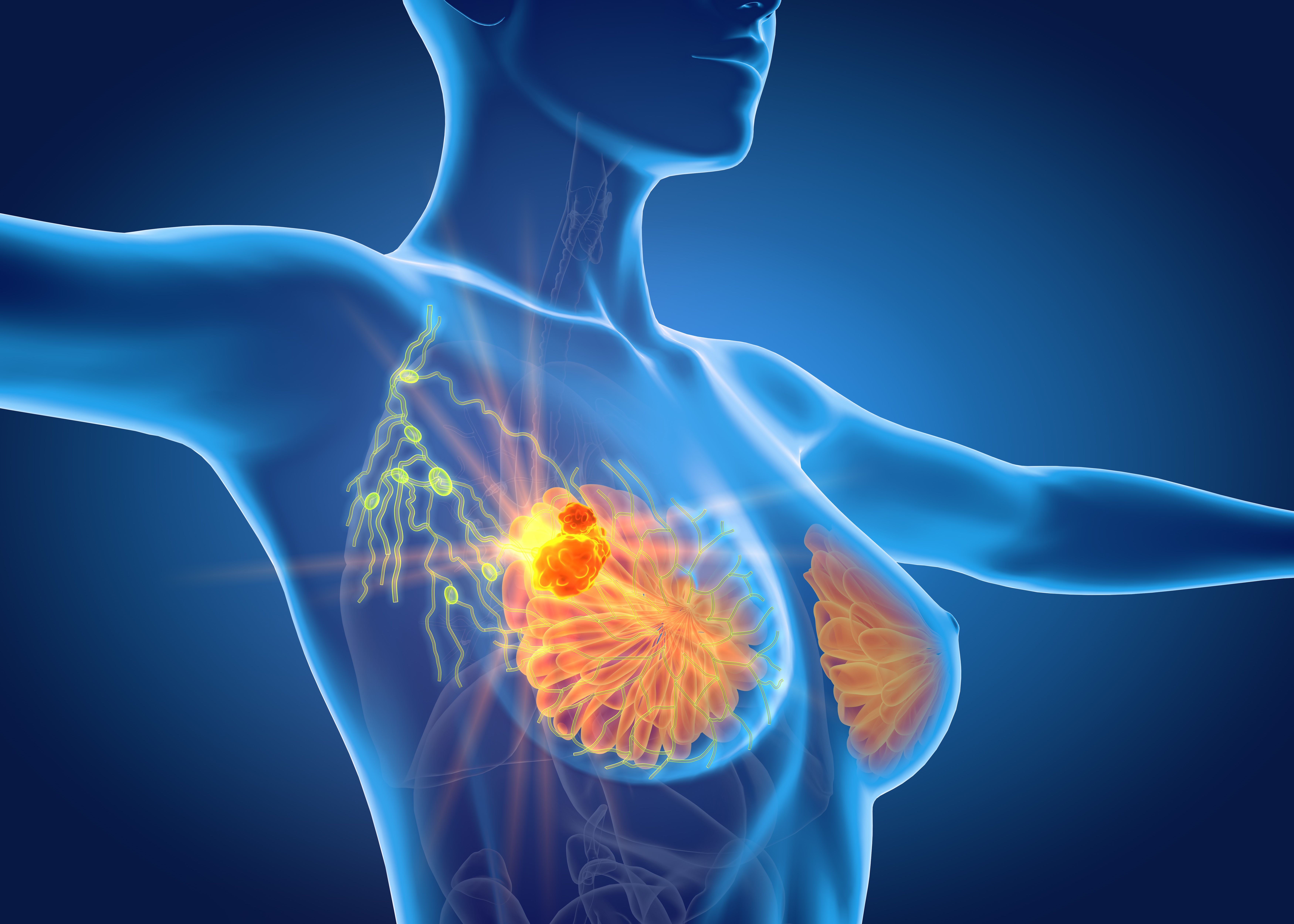Trastuzumab Deruxtecan Maintains Durable QOL in HER2+ Breast Cancer
Health-related quality of life measures from the phase 3 DESTINY-Breast03 trial showed that patient-reported outcomes and time of hospitalization data favored trastuzumab deruxtecan despite having a longer duration of treatment than trastuzumab emtansine.
Trastuzumab deruxtecan (T-DXd; Enhertu) was associated with superior health-related quality-of-life (HRQOL) outcomes compared with trastuzumab emtansine (T-DM1; Kadcyla) in patients with HER2-positive breast cancer, according to results published in Annals of Oncology.1
The HRQOL data from the phase 3 DESTINY-Breast03 trial (NCT03529110) showed no clinically meaningful change in European Organisation for Research and Treatment of Cancer Quality of Life Questionnaire Core 30 (EORTC QLQ-C30) global health status (GHS) for either therapy from baseline, even though the median duration of treatment was much longer for T-DXd at 14.3 months versus 6.9 months for T-DM1. Other patient-reported outcomes (PROs) suggested a numerical advantage for T-DXd.
The DESTINY-Breast03 trial enrolled patients with HER2-positive breast cancer who had previously been treated with trastuzumab (Herceptin) and a taxane, and randomly assigned them on a 1:1 basis to receive either T-DXd or T-DM1 intravenously every 3 weeks. The trial demonstrated a 12-month progression-free survival rate of 75.8% for T-DXd compared with 34.1% with T-DM1 (HR, 0.28; 95% CI, 0.22-0.37; P <.001), meeting its primary end point.2 It also demonstrated a manageable safety profile.
Health economics and outcomes research were assessed and published as of the first interim analysis of the trial. PROs were assessed before infusion on day 1 of cycles 1 to 3, then every 2 cycles, at the end of treatment, and at day 40 following the last infused dose of T-DXd or T-DM1 (or before starting new anticancer treatment), and 3 months after the 40-day follow-up.1
Besides the EORTC QLQ-C30 GHS, PRO measurements included physical, emotional, and social functioning subscale scores and pain symptom subscale scores of the EORTC QLQ-C30, symptoms scale scores of the breast cancer-specific instrument EORTC QLQ-BR45, and the visual analogue scale (VAS) score of the EuroQoL 5-dimension 5-level questionnaire (EQ-5D-5L).
Time to first hospitalization and length of stay for hospitalization were also assessed.
At data cutoff of May 21, 2021, 132 out of 261 patients in the T-DXd arm and 47 out of 263 patients in the T-DM1 arm continued to receive treatment. There was over 97% compliance with the QOL questionnaire at baseline, over 82% compliance from cycles 3 to 27, and over 90% compliance at follow-up. QOL scores were similar between the arms at baseline. There was a mean change in GHS of −1.88 (SD, 17.60; n = 71; cycle 25) in the T-DXd arm and 0.67 (SD, 24.10; n = 50; cycle 19) in the T-DM1 arm at the time each arm had at least 50 remaining patients.
The time to definitive deterioration (TDD) of GHS, defined as the number of days between randomization and the date of assessment of a 10-point or greater cumulative frequency change toward deterioration, was numerically longer with T-DXd at 16.8 months versus 14.4 months with T-DM1 (HR, 0.85; 95% CI, 0.65-1.11). For pain symptoms, physical functioning, and emotional functioning, the HR for TDD favored T-DXd, though they were not statistically significant.
For the breast cancer–specific measure of arm symptoms, median TDD was 19.6 months for T-DXd versus 12.4 months for T-DM1, and the breast symptoms median TDD was not estimable (NE) for either arm, but the HR was 0.73 favoring T-DXd. For VAS, the TDD was 19.4 for T-DXd versus 11.3 months for T-DM1 (HR, 0.69; 95% CI, 0.52-0.91; P = .0077).
EORTC QLQ-C30 symptom subscales for particular adverse events were also assessed. For nausea/vomiting, the median TDD was shorter with T-DXd (7.3 months) versus T-DM1 (NE). There was 1 discontinuation of treatment because of vomiting in the T-DXd arm. For fatigue, the median TDD was longer with T-DXd (15.9 months) versus T-DM1 (10.3 months).
The rate of hospitalization events were similar between the arms, with 18 patients (6.9%) in the T-DXd arm and 19 patients (7.2%) in the T-DM1 arm requiring hospitalization. The median duration of their stay was 10.5 days for T-DXd and 9.0 days for T-DM1. However, the median time to first hospitalization was 219.5 days (range, 0-723), whereas for T-DM1 it was only 60.0 days (range, 0-399).
Considering the significantly longer duration of treatment with T-DXd and the equal or better PROs for T-DXd in the trial, “the EORTC QLQ-C30 GHS/QoL and all other prespecified functional and symptom-based subscales of interest demonstrated HR point estimates for TDD that numerically favored T-DXd (HR range, 0.68-0.86), suggesting that T-DXd treatment delayed the deterioration of HRQOL in patients with HER2-positive metastatic breast cancer,” investigators stated in their report.
Investigators noted that limitations include the open-label design of the study as well as lacking PRO data beyond the first follow-up survival visit. The HRQOL data show that these measures can supplement efficacy and safety data to demonstrate the benefit for patients of the newer therapy.
References:
1. Curigliano G, Dunton K, Rosenlund M, et al. Patient-reported outcomes and hospitalization data in patients with HER2-positive metastatic breast cancer receiving trastuzumab deruxtecan or trastuzumab emtansine in the phase III DESTINY-Breast03 study. Ann Oncol. 2023;34(7):570-577. doi:10.1016/j.annonc.2023.04.516
2. Cortés J, Kim SB, Chung WP, et al. Trastuzumab deruxtecan versus trastuzumab emtansine for breast cancer. N Engl J Med. 2022;386(12):1143-1154. doi:10.1056/NEJMoa2115022
